
Long Carbon Fiber Reinforced Thermoplastics
Long CF reinforced thermoplastics allow them to be more easily combined with other materials (such as thermoplastic resins) to form composite materials, thereby giving full play to their excellent mechanical properties and design flexibility. Advantages: 1. High Strength and Stiffness 2. Lightweight 3. Corrosion resistance and wear resistance 4. Excellent thermal conductivity 5. Design Flexibility
Application: 1. Aerospace 2. Automotive Industry 3. Sports Equipment 4. Energy Industry 5. Construction Industry
Product By Features
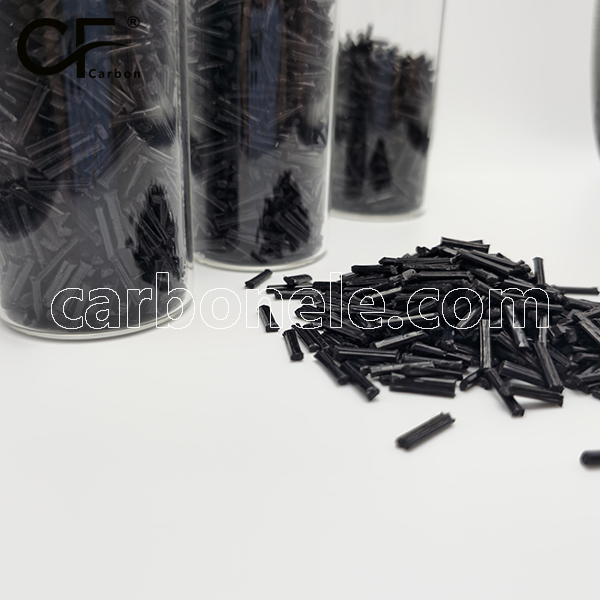
PEEK-LCF20 with 20% LCF: Ideal Medical Device P...
Discover PEEK-LCF20, the aerospace-grade composite for extreme heat & high stress. Engineered for superior strength-to-weight ratio & chemical resistance in critical applications.
Learn More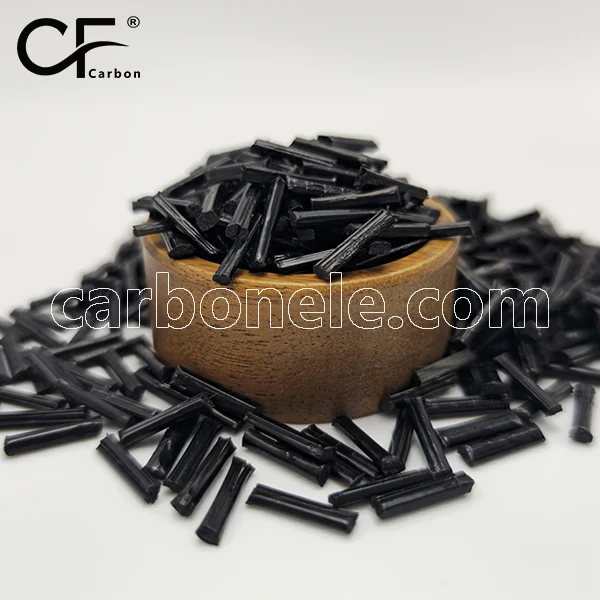
Thermoplastic LCF30-PA66 Material Particles for...
1: 210 MPa tensile strength value 2: 9500 MPa flexural modulus rating 3: 0.3%-0.6% low shrinkage rate 4: 255°C heat deflection temperature 5: Excellent wear resistance property
Learn More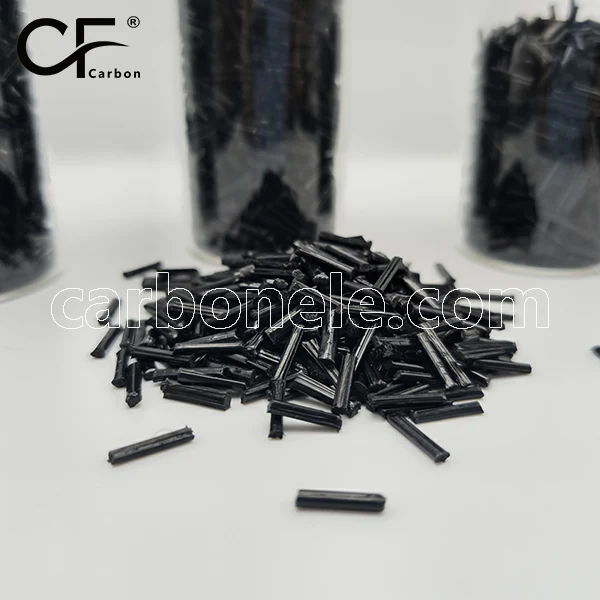
High Strength PA66 LCF40 Raw Material Particles...
1: Exceptional mechanical strength and stiffness 2: Superior fatigue resistance under cyclic loading 3: Low warpage and high dimensional stability 4: Good heat resistance with high HDT 5: Precise molding capability for complex parts
Learn More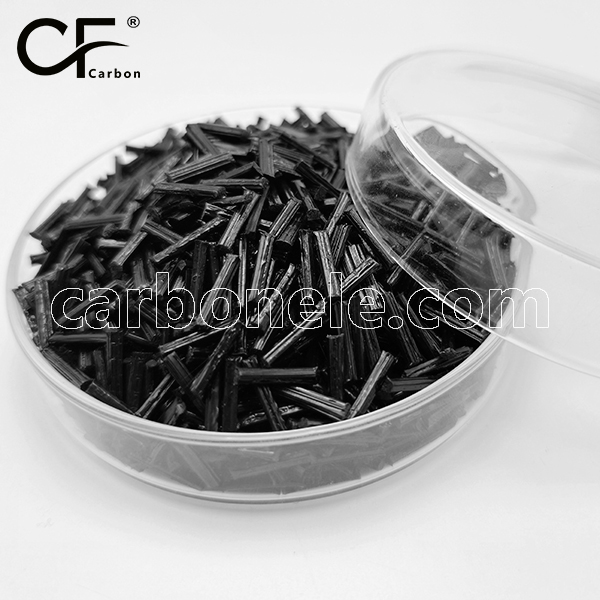
PP-LCF10 High-Performance LCF-PP 10% for Guides
PP-LCF10 long carbon fiber reinforced polypropylene material is specially designed for industrial guides, mechanical components, and lightweight structures. It offers high rigidity, wear resistance, and dimensional stability, supports complex injection molding processes, and is suitable for automation, automotive, and high-end equipment manufacturing. Optimize performance, reduce costs, and enhance durability.
Learn More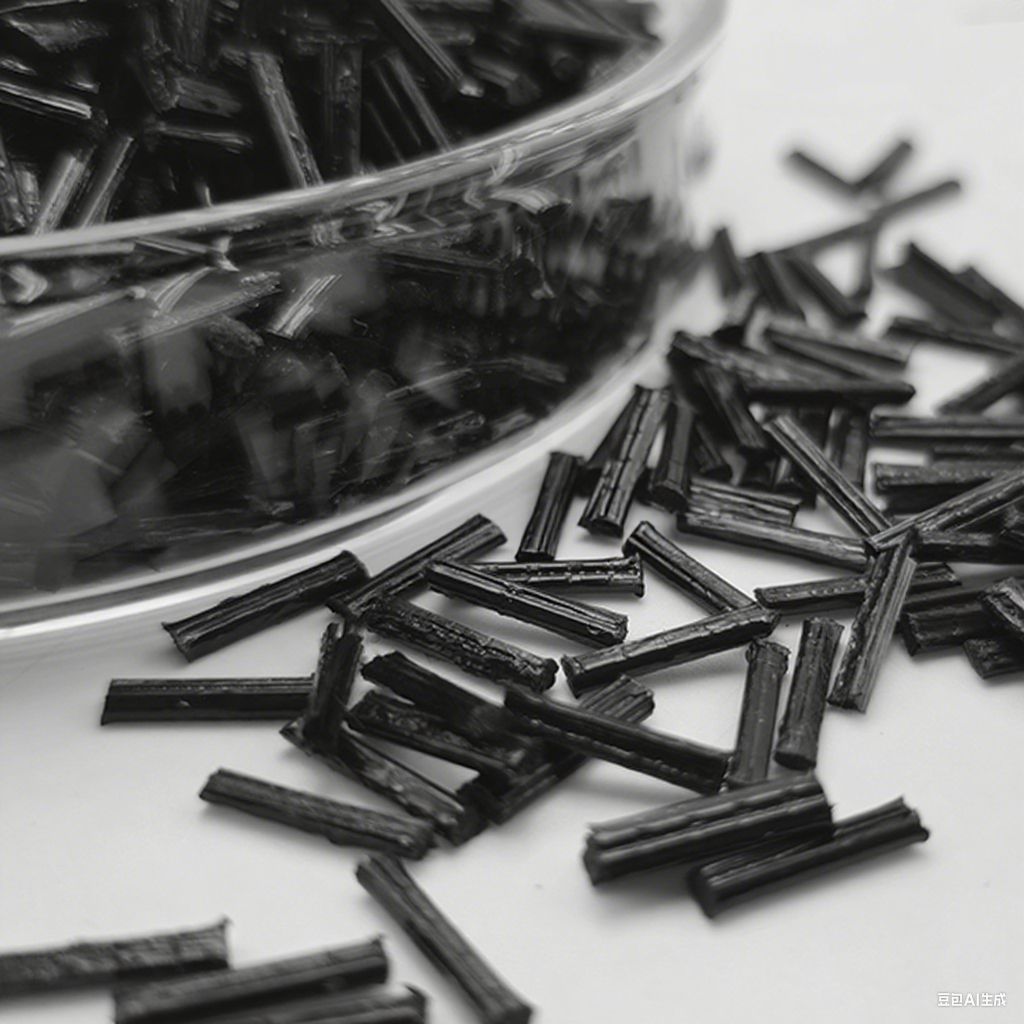
Stable PP-LCF20 for Robotic Joint Arms
Discover the advantages of PP-LCF20, a stable long carbon fiber reinforced polypropylene designed for robotic joint arms and high-performance industrial parts. It delivers lightweight strength, durability, and dimensional stability, making it ideal for robotics, automotive, and advanced machinery applications.
Learn More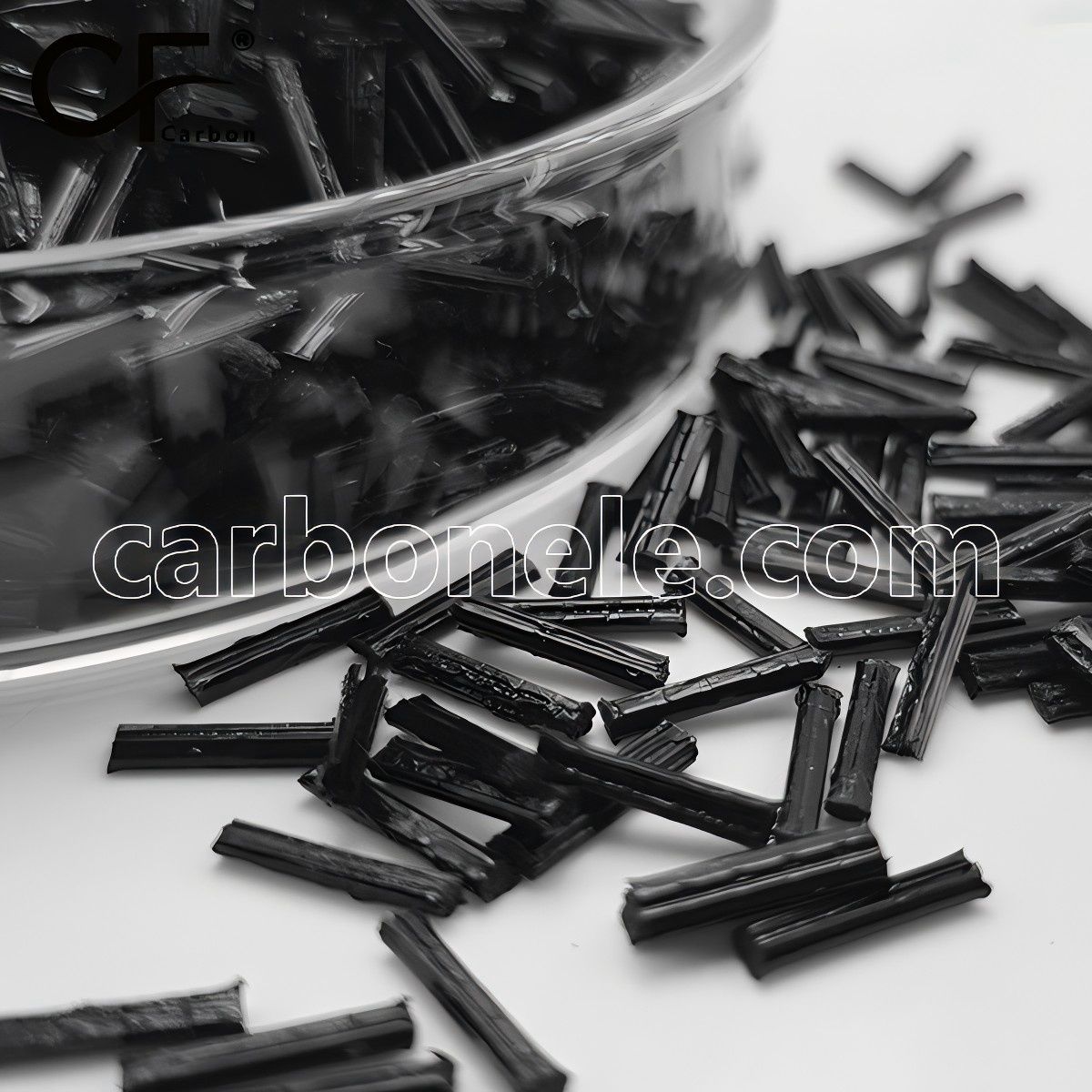
Superior PPA-LCF20 for High-Stress Links &...
Superior PPA-LCF20 long carbon fiber reinforced polymer. Engineered for high-stress links, frames, & robotic arms. Achieve metal-like strength with lightweight durability. Request a quote for your project.
Learn More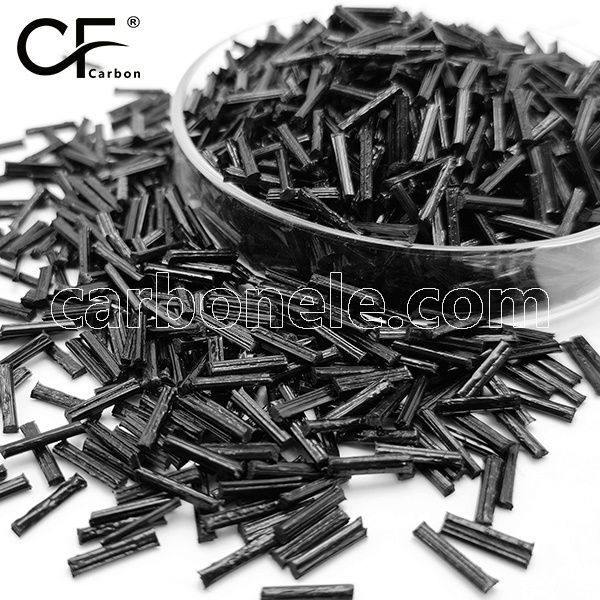
Innovative PEI-LCF10 for Optical Lens Barrels
PEI-LCF10 high-performance carbon fiber reinforced PEI composite. Ideal for precision optical lens barrels, offering exceptional dimensional stability, stiffness, and lightweight properties.
Learn More
PEEK-LCF20 Composite – Aerospace-Grade He...
Discover PEEK-LCF20, the aerospace-grade composite for extreme heat & high stress. Engineered for superior strength-to-weight ratio & chemical resistance in critical applications.
Learn More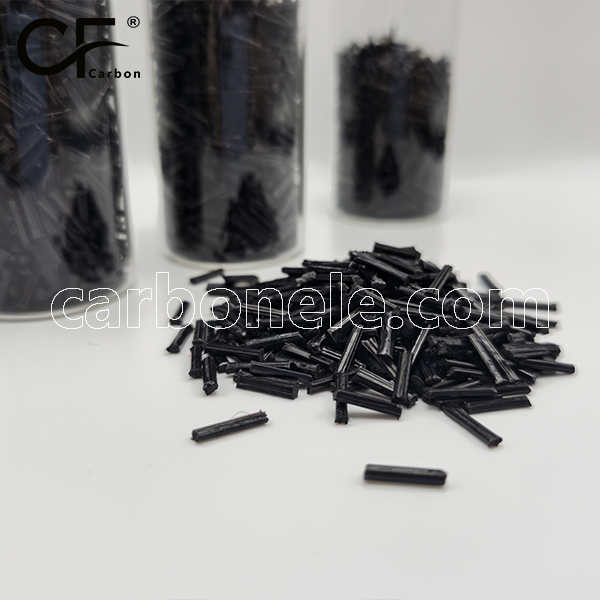
Superior Heat-Resistant PA66-LCF20 | Ideal for ...
Superior PA66-LCF20 long carbon fiber nylon composite. Ideal heat-resistant material for durable auto engine covers. Withstands vibration, chemicals & high temperatures. Engineered for automotive excellence.
Learn More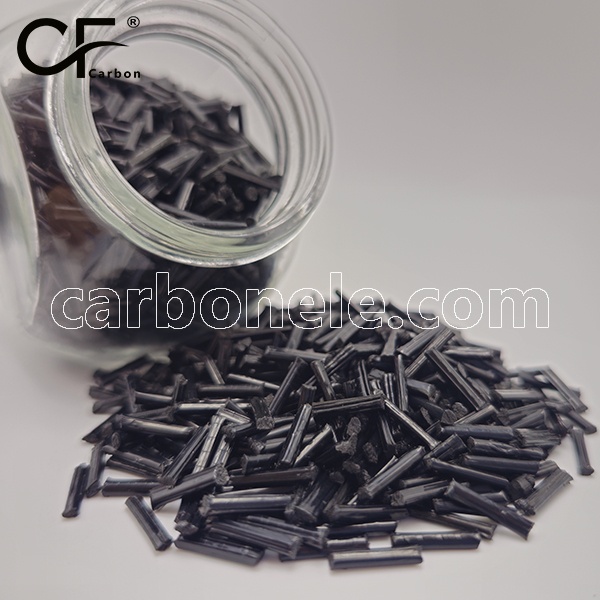
Tough PA12-LCF20 Nylon: For Durable Pneumatic F...
PA12-LCF20: The ultimate nylon composite for durable pneumatic fittings. Achieve superior strength, chemical resistance & leak-free performance in demanding industrial systems. Reduce downtime & TCO.
Learn More
Top Lightweight PA6-LCF10: For High-Performance...
PA6-LCF10: A lightweight & durable long carbon fiber nylon. Ideal for high-performance bike parts, pulleys, & industrial components. Reduce weight without sacrificing strength.
Learn More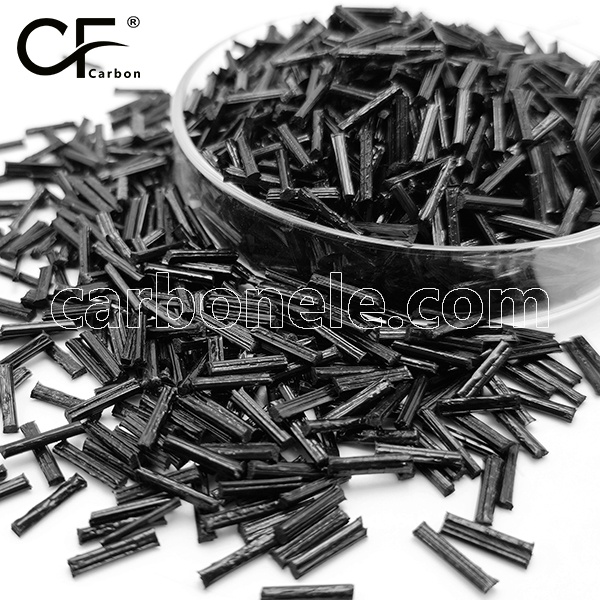
ABS-LCF10 Robot Cover, 30% Weight Saved!
ABS-LCF10 carbon fiber ABS – Robot cover material with 30% weight saving & impact resistance. Ideal for automotive/electronics with precision molding.
Learn MoreProduct Feature Box

WEAR RESISTANCE

CONDUCTIVE MATERIALS

HIGH STRENGTH

ANTI STATIC

SCRATCH RESISTANCE
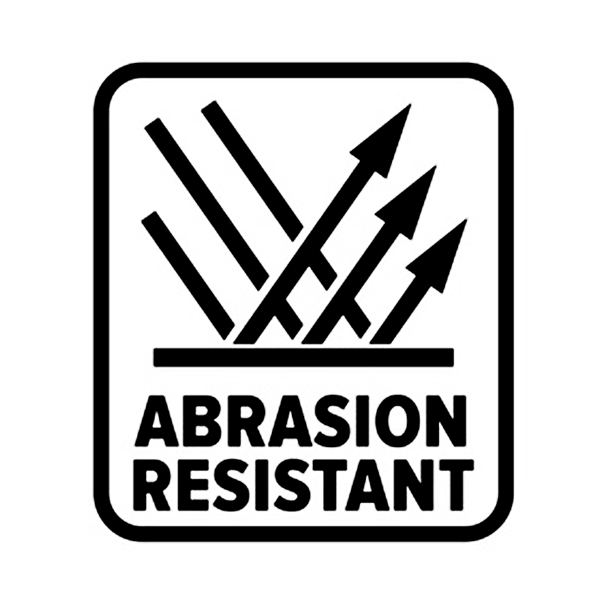
ABRASION RESISTANCE

ECO FRIENDLY

LIGHT WEIGHT
Main characteristics
1. Outstanding mechanical strength – They possess high tensile and compressive strengths.
2. Excellent stiffness – Ensuring rigidity in various applications.
3. Good fatigue resistance – Can withstand repeated loading without significant degradation.
4. Superior impact toughness – Absorb and disperse impact energy effectively.
5. Low density – Leading to lightweight products.
6. High heat resistance – Maintain performance at elevated temperatures.
7. Excellent chemical resistance – Resist the effects of various chemicals.
8. Good electrical conductivity – Suitable for certain electrical applications.
9. Rapid molding process – Shorten production cycles.
10. Recyclability – Contribute to environmental protection and cost savings.
11. Design flexibility – Enable complex shapes and structures.
12. Long-term dimensional stability – Retain shape and size over time.
Company Advantage

Customization Production Capacity
Carbon (Xiamen) New Material Co., Ltd. is flexible and can meet unique customer demands. For aerospace, it uses advanced design and simulation for complex, high-performance parts. For the automotive industry, it combines strength with aesthetic and surface treatment.

Efficient Supply Chain Management
Carbon (Xiamen) New Material has a mature supply chain that ensures raw material supply and on-time product delivery. Close ties with global suppliers guarantee quality. Cooperation with logistics experts ensures fast transportation. Real-time tracking predicts and resolves issues.

Professional R & D Team
Carbon (Xiamen) New Material Co., Ltd. has a team of experienced material scientists, engineers, and technical experts. They innovate and improve products. Material scientists enhance interfaces, engineers optimize designs, and experts use tech for monitoring and efficiency.

Excellent After-sales Service
Carbon (Xiamen) New Material offers all-round, prompt, and professional after-sales support. A dedicated team responds within 24 hours. They solve problems remotely or on-site and provide installation and maintenance training. Feedback is used to improve service.
Frequently Asked Questions
Carbon (Xiamen) New Material Co., Ltd. aims to provide buyers with "one-stop" worry-free high-quality services. Here you can find all information about carbon fiber engineering plastics. If you still have questions, please send us an email for consultation!
-
What Are Long CF Thermoplastic Composites?
Long CF Thermoplastic Composites are a type of advanced material having long carbon fibers in a thermoplastic matrix, offering high strength and other excellent properties.
-
What are the main advantages of Long CF Thermoplastic Composites?
They provide high strength, stiffness, lightweight, good heat resistance, and excellent fatigue resistance.
-
How are Long CF Thermoplastic Composites different from short CF ones?
Long fibers offer better mechanical properties and load-bearing capacity.
-
In which industries are they commonly used?
Aerospace, automotive, electronics, and sports equipment industries.
-
Can long carbon fiber reinforced thermoplastics be recycled?
Yes, but the process depends on the specific thermoplastic used.
-
How difficult is it to process these composites?
Processing can be challenging and requires specialized equipment.
-
What is the impact of fiber orientation on the properties?
Fiber orientation significantly affects strength and stiffness in specific directions.
-
Are they more expensive than traditional materials?
Typically, but the performance justifies the cost in many high-performance applications.
-
How do environmental factors affect their performance?
Moisture and UV radiation have limited effects, but extreme conditions may cause some changes.
-
Can they be combined with other materials?
Yes, they can be combined with metals or other polymers for specific properties.
-
What are the future trends in the development of these composites?
Continued improvement in properties, easier processing, and wider application areas.









